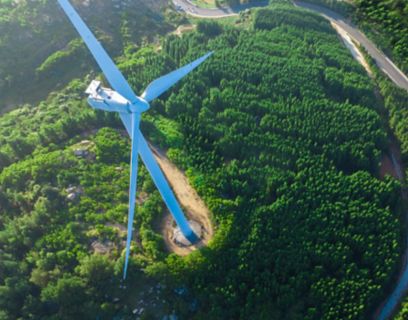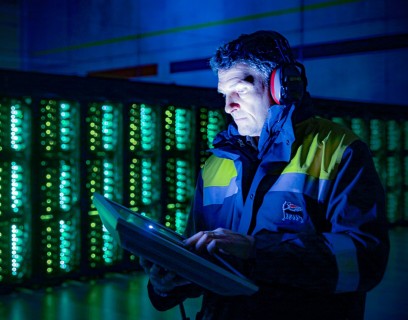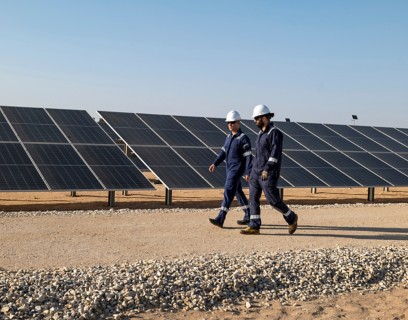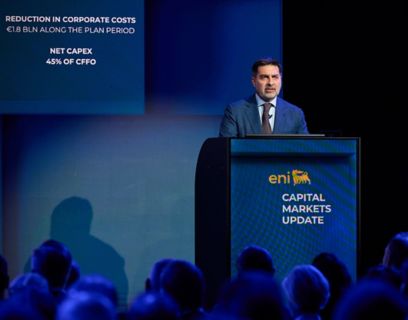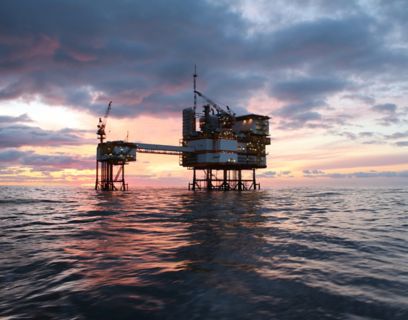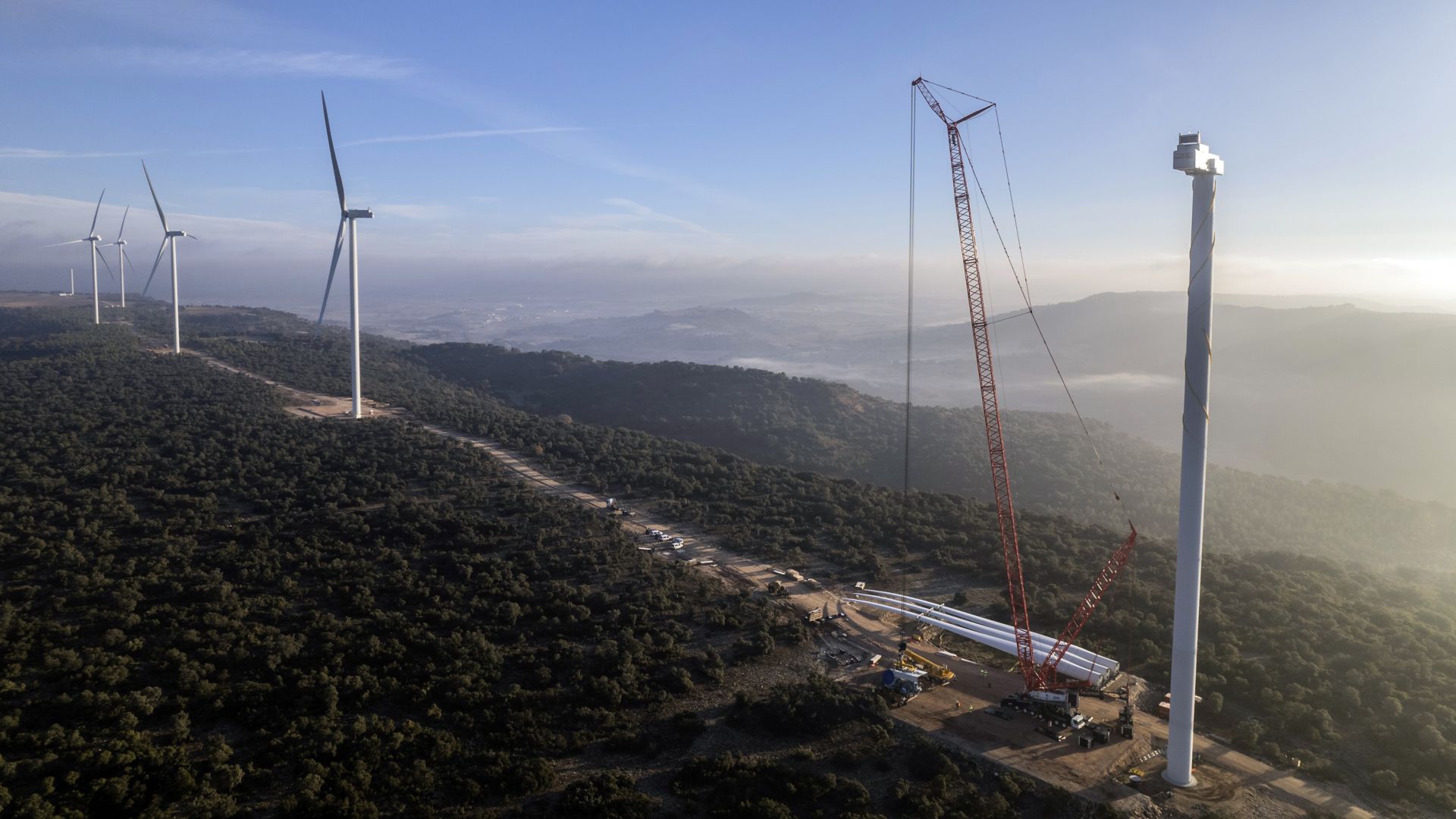- STORIES
MyEni Login
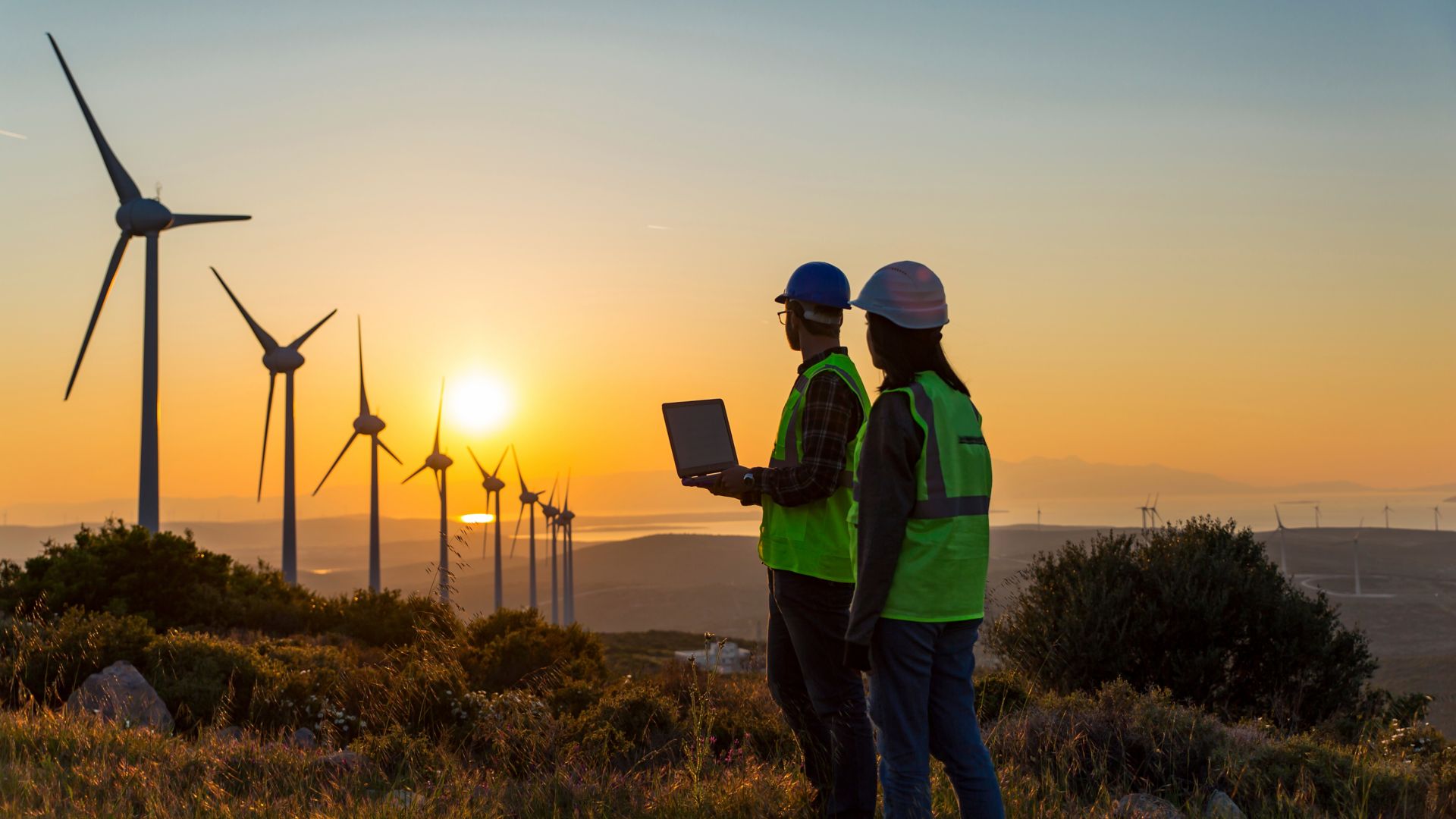
The challenges of sustainable energy
Setting goals is never too difficult, achieving them is the biggest challenge. In a scenario of constant change - such as the current one - characterized by uncertainty, complexity and volatility, technology, investment, perseverance, and commitment are needed.
The current energy crisis is generating a shock of unprecedented magnitude and complexity; energy markets remain extremely vulnerable and suffer from the fragility of an unsustainable global energy system.
This is an important moment in the history of energy. There is a great opportunity to accelerate the energy transition generated by today's growth rates for solar photovoltaics, wind power, electric vehicles, and batteries: if maintained, they would lead to a much faster transformation, analysts suggest.
Like the one taking place in Europe, as insights from the European Commission's latest report (the State of the Energy Union 2022) reveal:
- The EU generated a record 12% of its electricity from solar from May to August 2022, and 13% from wind.
- Early indications suggest that 2022 will be a record year for the European solar photovoltaics market, with an annual deployment growth of 17-26% in the largest EU countries markets.
- The share of renewables in the electricity mix is expected to grow from 37% in 2021 to 69% in 2030.
Secure and sustainable energy, the transition led by Eni
The challenges imposed by the current energy market call for effective decarbonization strategies and fair transition paths, capable of generating value for all.
Eni's response, included in the Strategic Plan 2023-2026, has its foundations in technological innovation (with the use of proprietary technologies) and the strengthening of consolidated alliances with energy-producing countries, both to find replacement sources of energy and to expand the company's commitment to the development of new decarbonized products and services. In this strategic framework, renewable energy sources play a significant role.
Eni towards 'carbon neutrality' goal with the support of Plenitude
After the transfer of Eni's renewable energy portfolio to Plenitude in 2021, the company now operates more than 450 wind turbines with a capacity of 750 MW to generate enough electricity to supply more than 550,000 households each year.
The international and European scenario clearly shows that the time to act and take resolute decisions is now. We all need to do our part. Eni and Plenitude are working together to generate energy from renewable sources, so that consumers and companies can make effective sustainable choices and have concrete support to help safeguard our planet.
«Renewable energy installations continue growing all around the world, as they offer solutions that are both cost-competitive and decarbonized. During this energy crisis we started to appreciate an additional advantage: solar and wind farms may also contribute to the energy security of each country», says Alessandro Della Zoppa, Head of Renewables at Plenitude.
Plenitude is actively contributing to achieving the objectives of Eni's strategic plan.
«Energy transition is at the core of Plenitude’s strategy and business model, as we invest in renewable generation in order to offer clean energy to our clients, when they are at home or in their car», Della Zoppa points out. «Plenitude is at the forefront of Eni’s decarbonization strategy. We are committed to reaching Net Zero Scope 1, 2 and 3 by 2040. Particularly in the power market, we have already fully decarbonized our B2C Customers, as we deliver to them only power from renewable sources, and we target the rest of our customers by 2030. Also our network of EV recharging points are supplied with power from renewable sources».
«Onshore wind installations continue to expand fast on a global scale, thanks to their high load factors and low cost of energy; however, it’s the offshore that offers the biggest potential, particularly as the floating foundations technology will open up new markets. Plenitude invests across all conventional and new renewable technologies, in order to deliver clean energy to its clients», says Della Zoppa.
Hence the start of offshore wind energy activities in the British North Sea and southern Europe, particularly Italy and Spain, allocating significant investments in technology for the construction of wind turbines on floating foundations, a new and challenging technology (significant is the investment made in EnerOcean, the Spanish developer of the proprietary W2Power technology for floating wind energy).
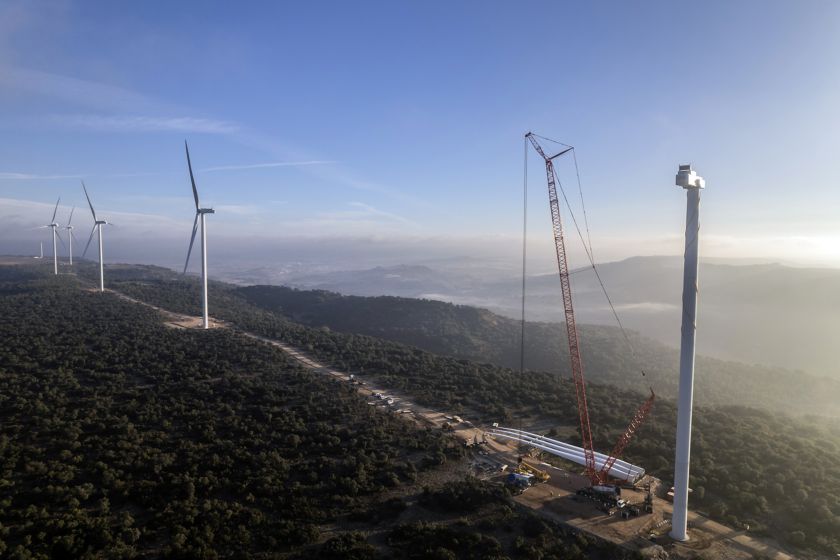
Parco eolico spagnolo El Monte da 104,5 MW, nella regione Castiglia-La Mancha
The reason for the importance of wind power to produce energy is well reiterated by Della Zoppa: “Onshore wind is today the most competitive technology in electricity generation, at least in terms of LCOE, the Levelized Cost of Energy that is the reference KPI in the industry. This is due to the higher load factors in respect to solar plants, and to the continuing success of the industry in increasing the scale of modern turbines,” Della Zoppa explains.
As mentioned, offshore has huge potential and represents the future of wind energy. That is why Eni and Plenitude are investing now in technology and innovation, to give people and companies an extra chance to seize the potential of wind energy by reaping the maximum sustainability benefits.
«Plenitude expects to reach 2 GW of installed renewable capacity at the end of this year, more or less equally split between wind and solar plants. We want to grow steadily on both technologies in order to reach our ambitious goal of over 6 GW in 2025. Looking further into the future, our target is to have 15 GW by the end of this decade, which would require the additional contribution of big offshore wind projects. This is the reason why we are already investing in this technology», Della Zoppa concludes.
The author: Nicoletta Boldrini
Independent Journalist, popularizer of emerging technologies, author & keynote speaker | Double soul: tech & humanist | Futurist & Futures Studies Facilitator | I analyze impacts of emerging techs on alternative futures.
Eni.com is a digitally designed platform that offers an immediate overview of Eni's activities. It addresses everyone, recounting in a transparent and accessible way the values, commitment and perspectives of a global technology company for the energy transition.
Discover our mission





